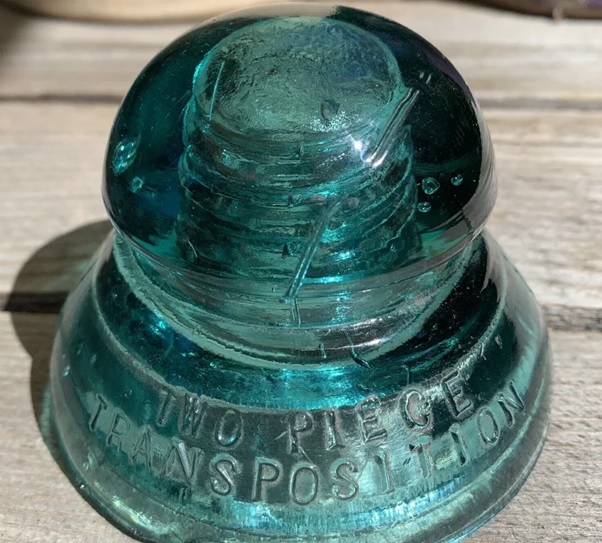You could have seen these glass or porcelain things on the tops and crossarms of utility poles, yet have you at any point thought about what they are and for what reason they’re there? Indeed, keep it together, on the grounds that I’m going to give everything away on these overlooked yet truly great individuals of the correspondence world.
Protectors, those idiosyncratic looking contraptions, have a fundamental work. Their motivation is to keep the electrical wires they support from having a little talk with the post or, paradise preclude, the earth underneath. In the event that they didn’t take care of their business, all that power (or those valuable calls) would simply release away. Envision attempting to settle on a significant distance decision when your voice burns out after two or three hundred feet. Terrible, isn’t that so?
You’ll find a mother lode of cover styles and tones. While large numbers of the more established ones were produced using glass or porcelain, some were made from wood and glass, creature parts (indeed, you read that right), and, surprisingly, more unusual materials. Size matters, as well – more modest protectors spent time with the phone and transmit swarms, while their bigger partners celebrated with the high-voltage electrical wires. It resembles a celebrity segment for protectors, contingent upon the voltage!
With regards to electrical cables, the higher the voltage, the greater the encasing required. Why? Since power can be somewhat of a hotshot, and in the event that the voltage is sufficiently high, it may very well choose to get around a fair distance – a peculiarity known as “flashover.” Encasings with expansive “umbrella” circles and wide lower skirts resemble the bouncers at the club, guaranteeing the wire stays at a careful distance from the shaft, so this charging dance move doesn’t occur.
In all honesty, encasing gathering is a thing! It truly took off during the 1960s when utility and power organizations began covering their wires. Large numbers of those one of a kind protectors couldn’t join the underground party, so they wound up in the “toss out” receptacle. However, as it’s been said, one individual’s rubbish is someone else’s fortune.
Gatherers are a different pack. Some are in it for the style, embellishing their windowsills and nurseries with the bright glass pieces, adding a hint of shimmer to their environmental factors. Others are more unambiguous in their preferences, searching out specific sorts of encasings. The costs can go from gifts to stunning aggregates. Uncommon examples can bring a huge number of dollars, however there are likewise a lot of financial plan cordial choices. You could coincidentally find one for under a dollar or on the other hand, on the off chance that you’re fortunate, even score one free of charge at swap meets.
It’s actually quite important that the vast majority of the separators in the possession of authorities are somewhere in the range of 70 and 145 years of age, and a few kinds haven’t been delivered since the mid 1900s. Anything old and as of now not in that frame of mind to turn into a collectible, and protectors are no special case for this standard.
Thus, next time you spot one of those idiosyncratic glass or porcelain separators roosted high up on a utility pole, pause for a minute to see the value in the imperative job they’ve played throughout the entire existence of correspondence. They might seem like relics of the past, however they’ve made a permanent imprint on our capacity to interface with each other, whether it’s through a call or a lightning-quick instant message. Furthermore, who knows, you may very well be propelled to begin your own assortment, joining the positions of encasing devotees who track down excellence and history in these unassuming ancient rarities.


